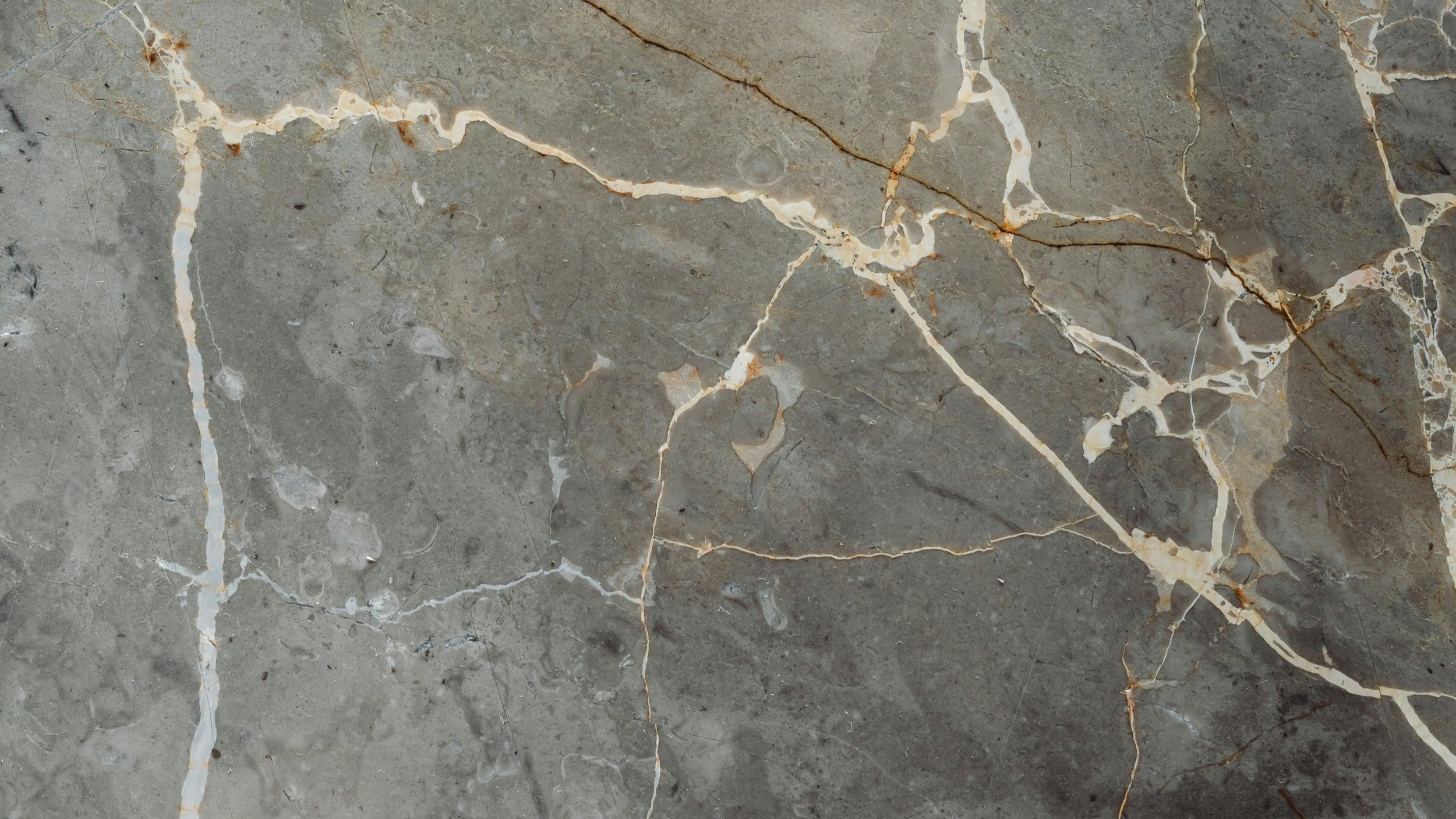5 Natural Stones You should Know About
If you’ve been following me for a while, you’ll know I love using natural materials as much as possible. And luckily, there are many to choose from here in Sydney, Australia. Natural stones are a fascinating world to navigate, as all stones have different formation processes and, therefore, different strengths and weaknesses.
Natural stone comes in many finishes: honed, polished or textured and I love mixing the finishes in my designs. Here are some of my favourite natural stones to work with:
Marble
While stone is a durable material, marble is one of the more porous stones. This means we have to be careful where we use it (interiors usually) and particularly how it gets cleaned. Marble is prone to scratches and staining, and harsh cleaning products often destroy the material or leave marks. Nevertheless, it’s an incredibly popular material because of the beautiful veining, the many colours, and the luxury feel it brings to a space.
Limestone
Where marble is often used polished and has a smooth look, limestone has a more textured and structured look. This is because limestone is formed through a natural calcium carbonate crystallisation process of marine debris (shells, corals, skeletons, etc.). Limestone comes in many colours, but unlike marble’s contrasting veining, the colour of limestone tends to be more uniform throughout.
I’d like to note that limestone can be honed and polished, but I tend to use it in its textured form to stay true to the material and the form. Plus, it is non-slippery, which makes it perfect for pavings, floors, and wall cladding outside and inside.
Granite
One of the hardest and most durable stones is granite. It forms deep inside the Earth under vulcanoes and mountains, when the melted rock cools or crystalises into a solid rock. It comes in various colours, patterns (veining or not) and various finishes and makes incredibly durable benchtops.
You may have heard of Basalt, which is similar to granite. However, basalt has cooled much quicker in the origin process compared to Granite. This is why it typically has fewer sparkles than granite - geology is fascinating, right?!
Sandstone
You see sandstone used outside on many buildings in Sydney and for good reason. Similar to limestone, sandstone is often used outdoors in pavers, wall cladding or for decorative purposes. The off-white, yellowish colour typically found here in Sydney is warm, and the veining makes it a soft and aesthetically beautiful material to spice up a boring facade.
Quartzite
Quartzite is formed when sedimentary sandstone is pressurised and heated, usually during mountain formation. The crystallisation is exactly what the material looks like - you’d imagine The Snow Queen (classic Danish fairytale, or the more recent Elsa from ‘Frozen’) would have loved it with its bright, sparkling qualities. It has similar aesthetics to marble, however, is more durable than marble, with a hardness similar to granite. This is why it is an ideal material for benchtops.
NB: Quartzite is not to be confused with what some in the industry call ‘quartz’, which is an engineered stone, i.e., man-made. Well, technically, quartz is a natural stone formation, but it is a different kind of quartz than the engineered material some supplier offers, so be aware. NBB: I’m not a geologist, but I find it super interesting, so if you are a geologist, reach out so I can learn even more!
Travertine
You may know travertine from pavers, which is a common use for this natural stone. It’s especially good for pavers as it is firm underfoot and tends to stay cool, even in the burning Sydney sun.
Travertine is a type of limestone formed by the evaporation of mineral-rich freshwater, such as rivers, lakes, and springs. Originally from Italy, the material is less common here in Australia but is occasionally used in high-end designs.




